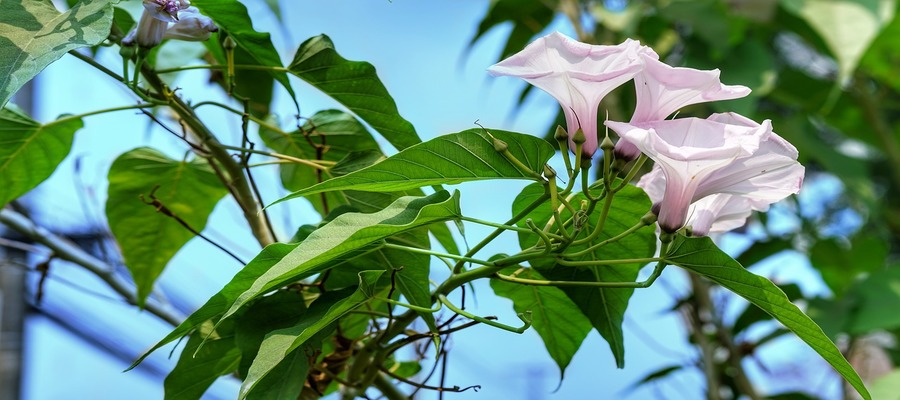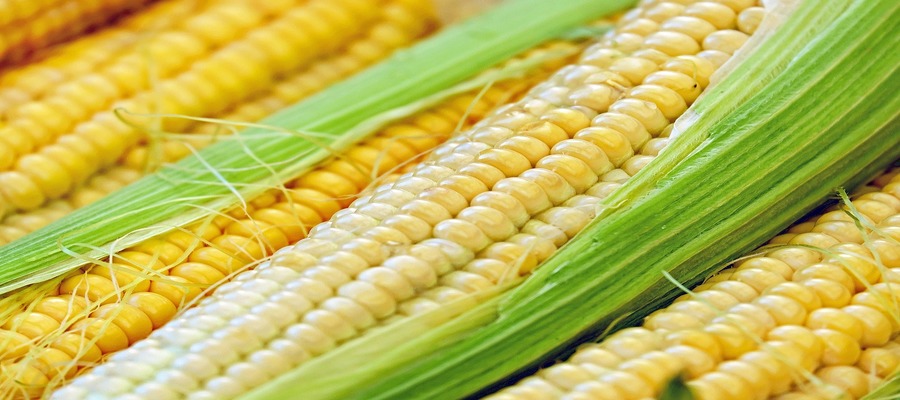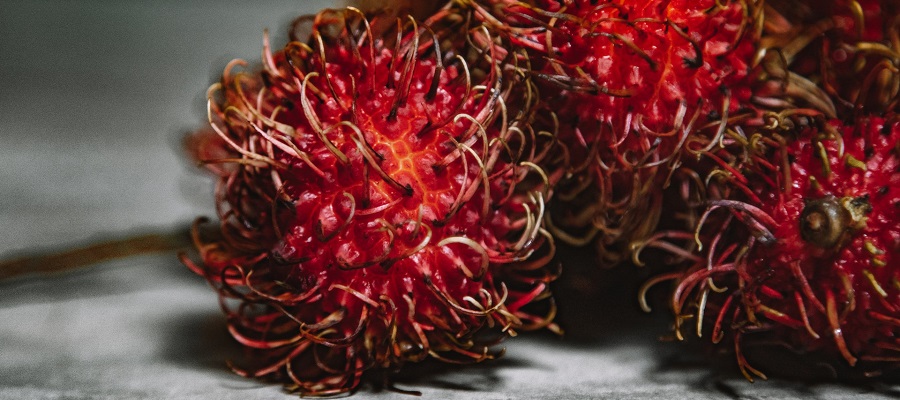Few flowering plants can contest with the beautiful, twining vine that is known as Morning glory (Convolvulus purpureus or Ipomoea purpurea). They are commonly seen in several landscapes and found in more than a few species. Although some varieties of this flowering vine are said to be toxic, they make lovely additions to any garden.
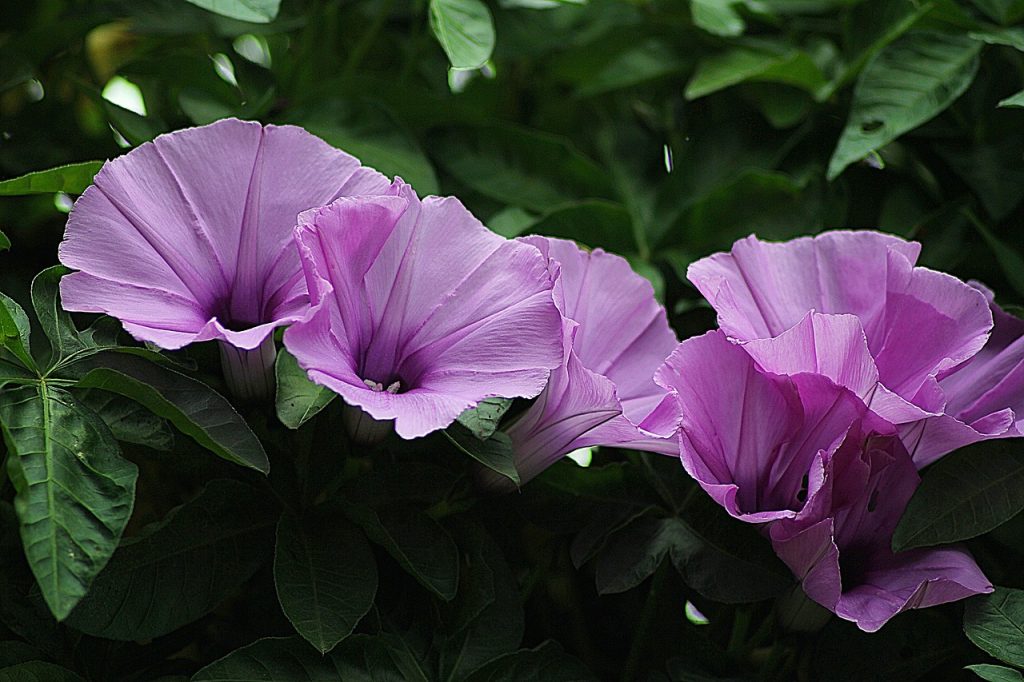
image source: Pixabay.com
Morning Glory
The Morning glory plant is an annual climber with heart-shaped leaves, slender stems, and bell-shaped – or trumpet-shaped – flowers. The lovely flowers may be magenta, purple-blue, pink or white. The plant’s bloom unfurls lovingly in the sun, and its romantic tendrils rock an old-world charm. The plant is perfect for covering privacy screens, walls, and lattice. They are tolerant of drought and bloom early in the day as well as in the evening. The name “Morning glory” was coined from its flowers which do not last more than a single day.
Is it true that Morning Glory is Poisonous?
The beautiful flowers of the morning glory easily attract bees, birds, butterflies, and children. Eating the flowers is not considered dangerous unless the eater chokes. However, the seeds of this fast-growing plant are incredibly poisonous, especially when consumed in large quantities. This is because the seeds contain a compound that looks – and works – like lysergic acid diethylamide (LSD). So, expect to see symptoms like hallucinations, diarrhea, etc. and will require medical care to abate. You can prevent this accident from happening by keeping the morning glory seed packets out of the reach of children.
Planting the Morning Glory
Morning glory needs lots of suns to give their best blooms, so make sure you cultivate them at a sunny site. Make sure you plant the seeds in a well-drained, but moderately fertile soil. You also need to make sure that the site you choose for planting the seeds is sheltered from drying winds. As soon as the ground warms to about 18 degrees Celsius, sow the morning glory seeds about ½-inch deep. This can be done in late spring or early summer. You can improve the rate of germination by filing down the seeds enough to break their coat. Then soak the seeds for at least 24 hours before you commit them to the soil. This will promote the sending out of roots within a relatively short period. When you plant the Morning glory seeds, space them approximately six inches apart, then cover them lightly with one-quarter inch soil. Water them thoroughly immediately you finish planting the seeds.
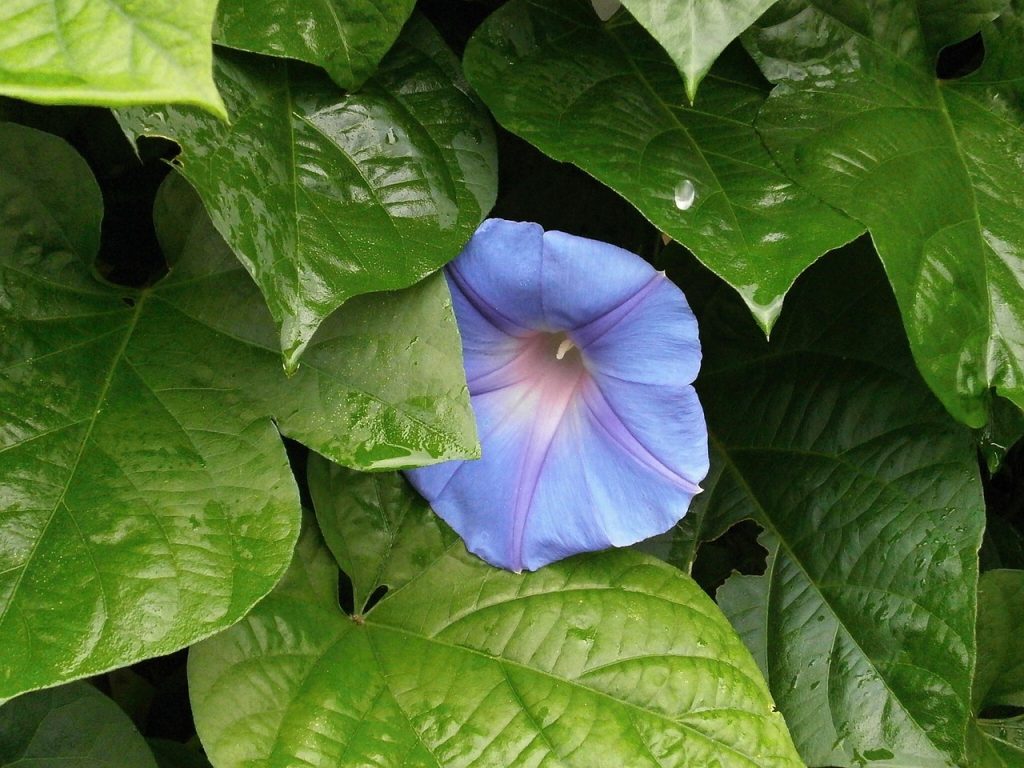
image source: Pixabay.com
Caring for Your Morning Glory Plant
Make sure you apply a well-balanced liquid fertilizer after you are done with planting the seeds. Be careful so that if you don’t overfertilize or the vine may develop more foliage than flowers. Then put structures – such as pergolas, trellises, arches, etc. – in place to support trailing species and climbers. Mulch the plant to minimize evaporation, avoid weeds, and retain moisture. Morning glories do not require too much maintenance, as long as you water them thoroughly during dry periods. Snip off old flowers before they turn to seedpods if you do not want the vascular plant to reseed itself.
Nurturing Morning Glories
You may need to use pesticides to ward off attack from pests such as:
- Leaf miner
- Aphids
- Caterpillars
- Spider mites
- Herbicides may come in handy as well to inhibit:
- Fusarium Wilt
- Rust
- Fungal leaf spots
The best or recommended Morning Glory varieties to go for
There are two major varieties of the morning glory that you should plant:
- Scarlett O’Hara – This variety showcases bright-red flowers with white throats. They can climb as high as fifteen feet.
- Heavenly Blue – This is the neoclassic morning glory that is known for its vibrant blue (azure) flowers and whitethroats.
Wrap Up
As long as you can keep pests or deer away, Morning glory will continue to thrive for a long time.
